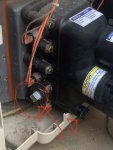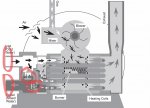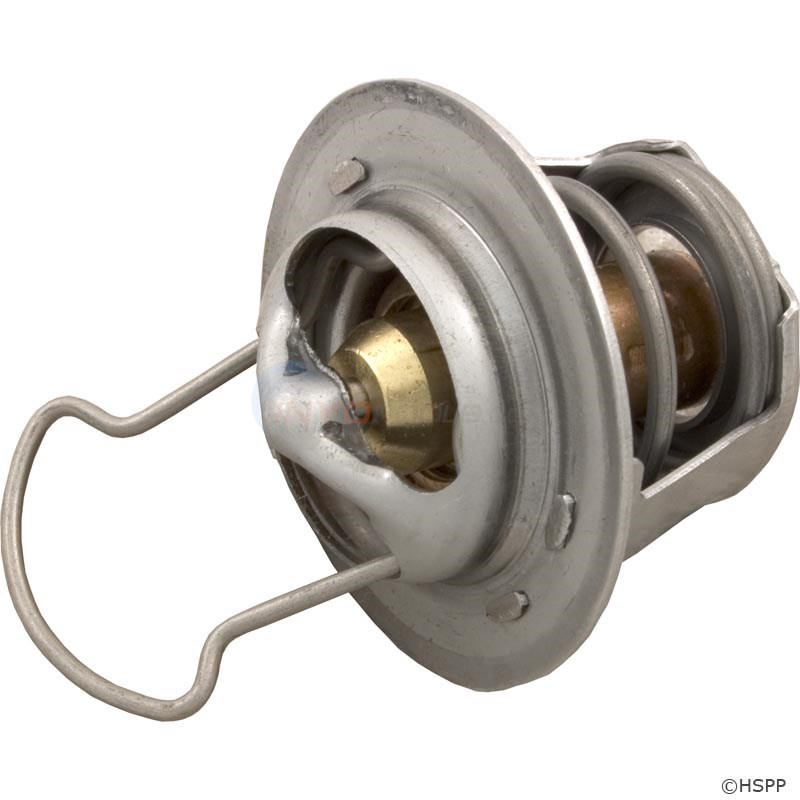Both my neighbor and I are repairing the aftermath of the freeze that hit Houston. Both of us have a MasterTemp 400. Both of our manifolds cracked during the freeze. I removed the drain plug from mine so I have a drip every 3 seconds. His has a crack and sprays out pretty fast. We've tried all local pool shops, eBay, Amazon, and a few sites from a Google search. We are being told a minimum of a 2-month backlog. Any idea where else I can try?
MasterTemp 400 model number model # 460736. It'd the black piece that both the enter and exit pipes connect to the heater. Thanks.
MasterTemp 400 model number model # 460736. It'd the black piece that both the enter and exit pipes connect to the heater. Thanks.






